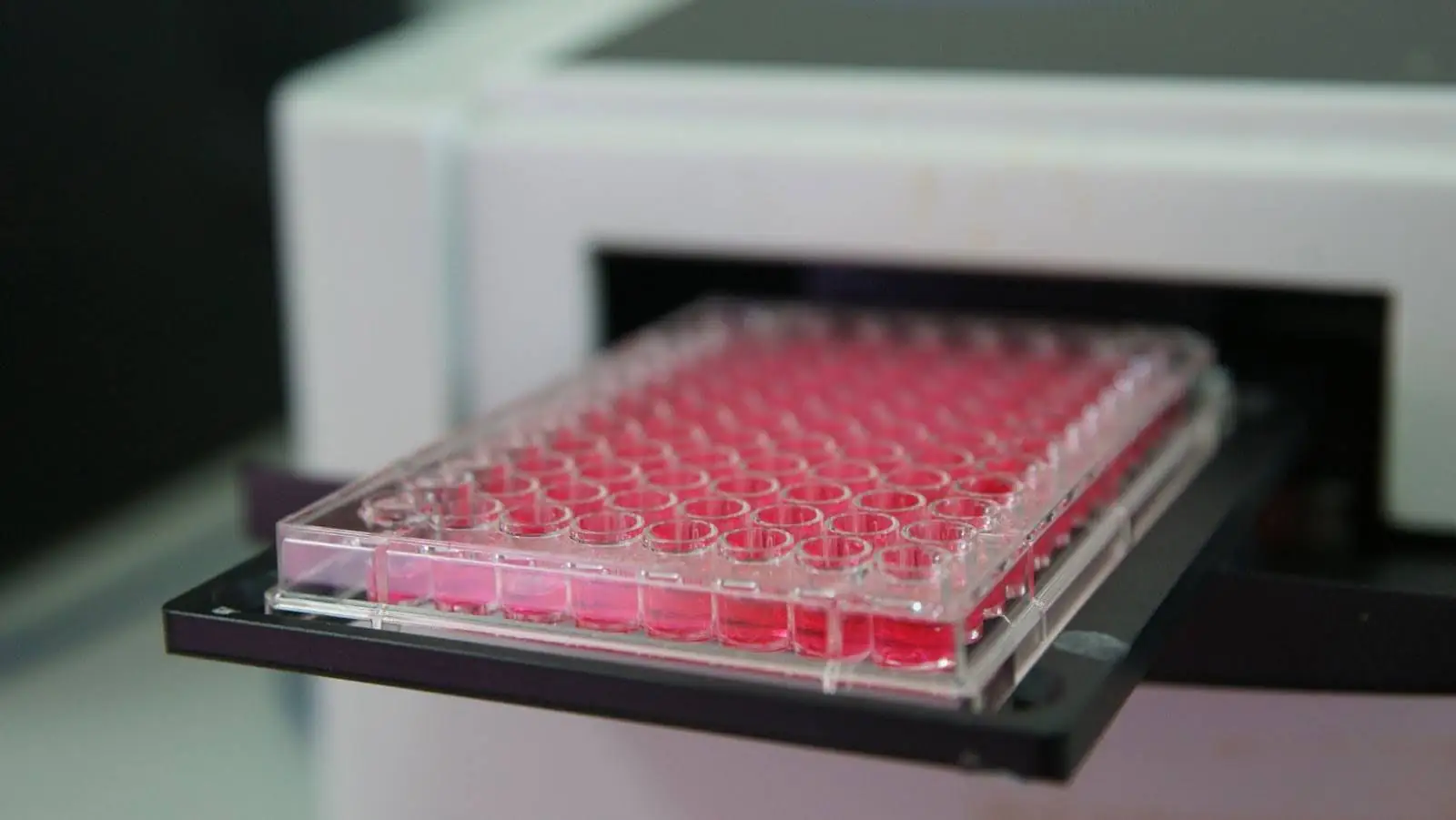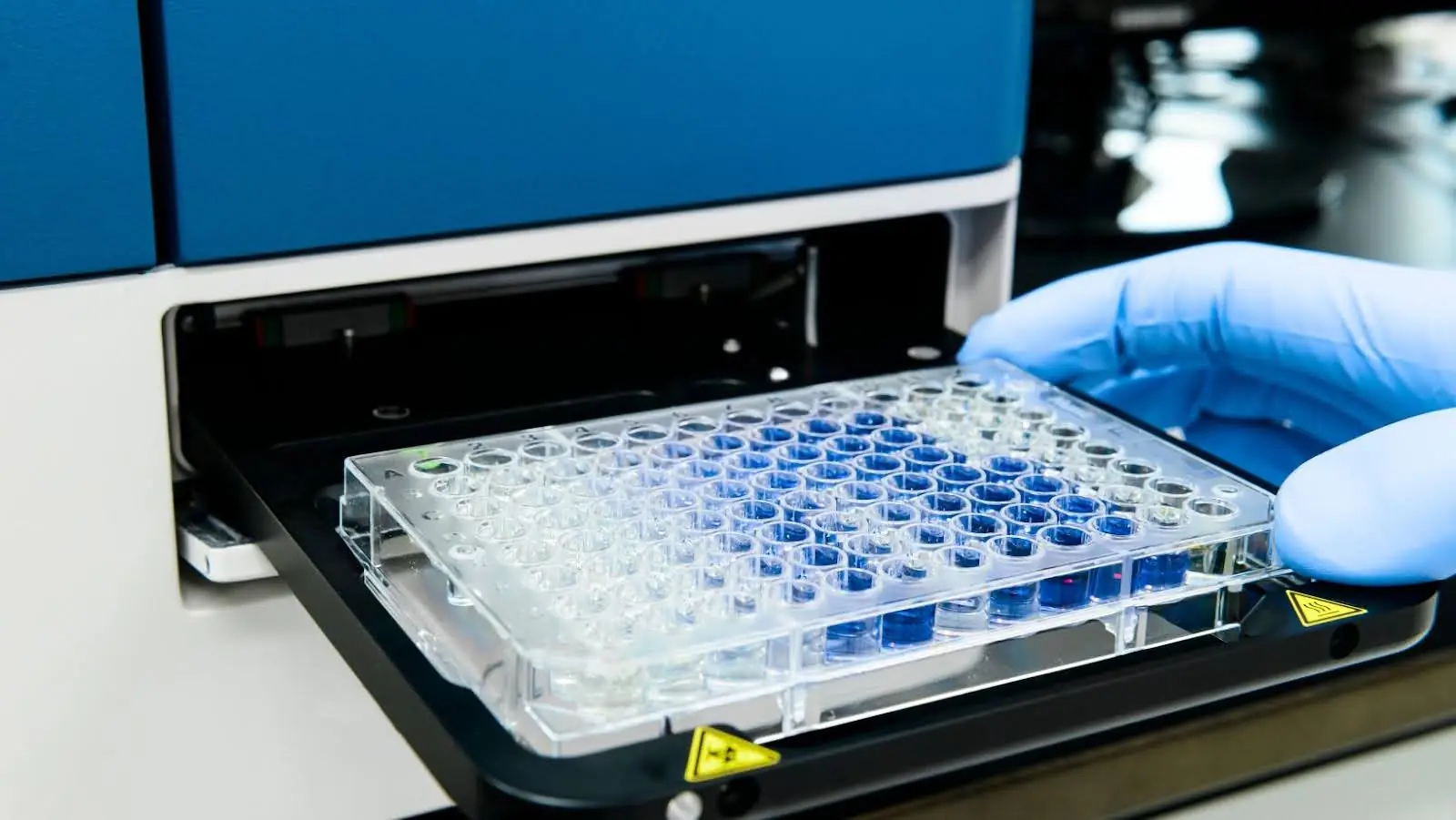You’ve probably never met a microplate reader. But trust me—it’s been working overtime for you. These unassuming machines, tucked away in labs worldwide, are the silent heroes behind everything from your allergy meds to the clean water you drink. Let’s peel back the curtain on how these tiny-well wizards quietly influence your world.
They’re Guarding Your Food Supply (And You Don’t Even Know)
Ever worry about gluten in your sandwich or antibiotics in your milk? Microplate readers are the first line of defense. Labs use them to scan food samples for contaminants, allergens, and pathogens like salmonella. Picture a dairy farm sending milk to a lab. A technician drops samples into a 96-well plate, the reader checks for drug residues in minutes, and your morning latte stays safe. No flashy headlines—just quiet protection.
Climate Change Fighters in Disguise
Here’s a twist: microplate readers help track environmental damage. Scientists use them to analyze algae toxins in lakes or pesticide levels in soil.
One team even used them to measure how microplastics stress marine life. By detecting subtle chemical reactions, these machines give researchers hard data to fight pollution—no superhero cape required.
The Real MVP of Vaccine Development
Remember the record-breaking speed of mRNA vaccines? Microplate readers played a role. They test how immune cells react to potential vaccines by measuring light changes in tiny wells. When a lab tweaks a formula, the reader checks if the tweak works overnight. It’s like having a tireless assistant who never blinks during crunch time.
Why Your Skincare Routine Works (Mostly)
That glowing review for your serum? Microplate readers helped earn it. Cosmetic companies test ingredients on skin cells in microplates to see if they reduce wrinkles or irritation.
They measure enzyme activity, cell health, and even DNA damage using fluorescent signals. So next time your moisturizer delivers, thank the machine that screened its safety.
Choosing the Right Reader: A Lab’s Love Story
Not all microplate readers are built alike. Some, like dedicated models, stick to one trick—absorbance for basic tests . Others, called multimode readers, juggle fluorescence, luminescence, and more . Software matters too. Modern systems streamline data analysis, turning raw numbers into clear graphs. Berthold Technologies, for example, offers modular designs that grow with a lab’s needs—proving compatibility beats flashy specs.
The Tiny Tech That’s Going Big
Here’s a fun fact: microplate readers are shrinking. Older models took up entire benches. Now, compact versions fit on rolling carts. Imagine a field scientist checking river pollution with a portable reader—no lab walls, just real-time answers. This miniaturization trend could soon put disease testing in remote villages within reach.
Final Thought: The Invisible Thread Tying Science Together
Microplate readers aren’t glamorous. They don’t make headlines or win Nobel Prizes. But they’re the glue in countless breakthroughs—from cancer research to pandemic responses. Next time you sip clean water, slather on sunscreen, or get a flu shot, remember: somewhere, a microplate reader is working overtime to keep your world running.





